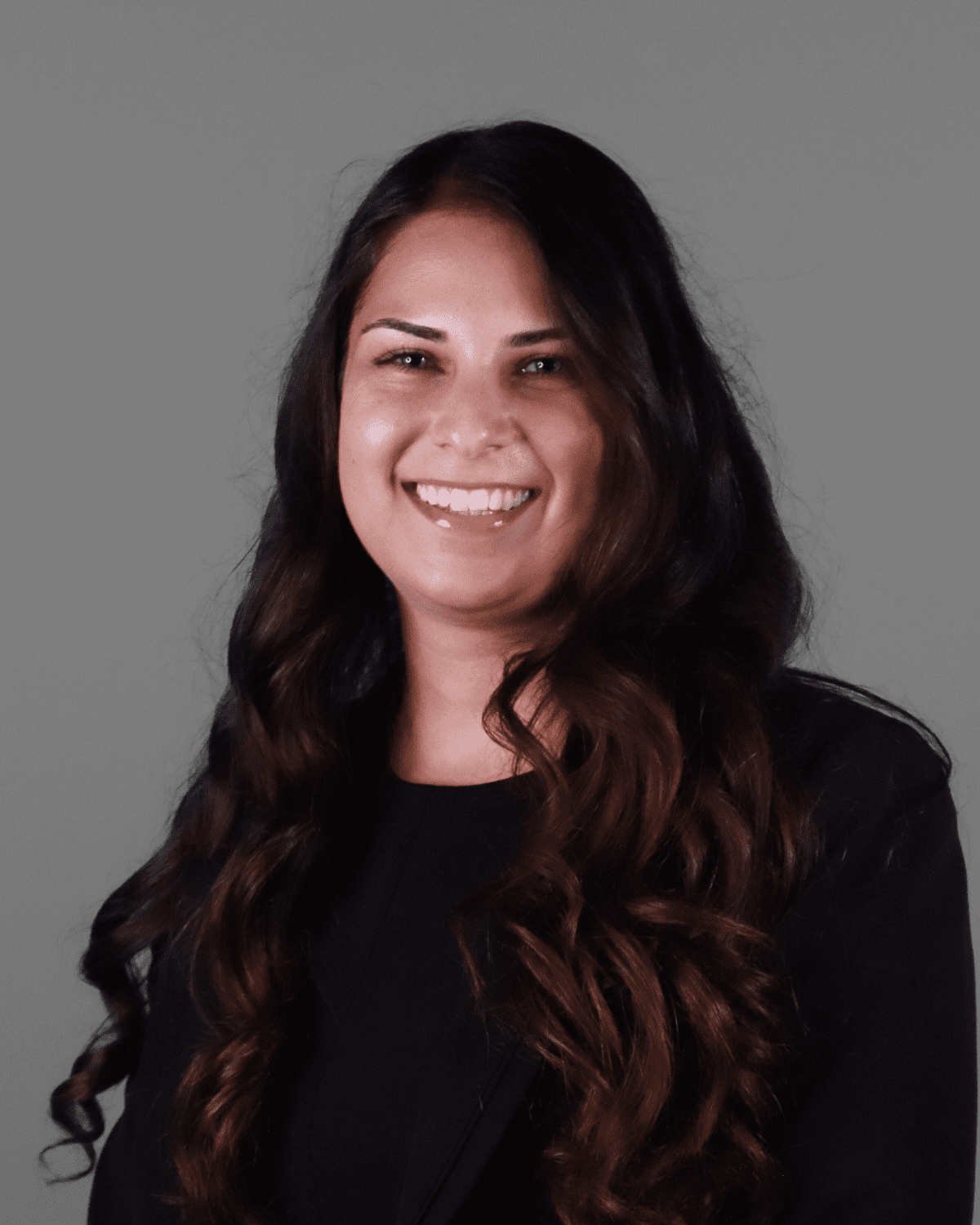On June 14, teens from across the state of Maryland gathered for the Take Back Your 10 (TB10) Youth Summit, a day dedicated to celebrating the high school students’ efforts throughout the year and exploring how tobacco shows up in their everyday lives. TB10 is a youth-led, adult-guided program aimed at promoting youth voices through education and awareness of how the tobacco industry markets in their own neighborhoods. Members between the ages of 13-19 actively participate in tobacco prevention activities that build their research and public speaking skills.

The day kicked off with a presentation by Youth Tobacco Prevention Program Manager Leslie Ortiz-Cadwallader and TB10 Youth Council Chairperson Isa Woehr, where they provided highlights from the past year. In one project, members participated in a photovoice that documented how tobacco products are marketed in their communities: through flavored vape displays, flashy signs in corner stores, and ads that are clearly meant to appeal to them.
In the keynote session led by UMD Associate Professor Dr. Craig S. Fryer, attendees learned how the physical and social environments we live in (where we shop, who we follow, what we see and hear) play a major role in how tobacco is marketed and consumed. He discussed how flavored products like grape, mint, chocolate, and even abstract names like “Jazz” and “Platinum” are intentionally designed to mask the harshness of tobacco and hook new users.

Dr. Fryer shared some shocking statistics about tobacco use. For example, 81% of young people who have tried tobacco say they started with a flavored product, which speaks volumes about how these products are designed and who they’re meant to reach. In Baltimore, there are 63 times more tobacco retailers than McDonald’s. These stores are often concentrated in places with the fewest resources and the most risk.
“No one person can address these big issues,” said Dr. Fryer. “We have to collectively think about all of our resources to do so.”
He also called out the pervasive influence of music and pop culture, where tobacco use is often glamorized and normalized by celebrities, sometimes even through branded products of their own. That kind of imagery sticks, especially when paired with the already relentless advertising in physical spaces.
In the afternoon, youth and adult attendees participated in sessions designed specifically for each audience. Adults participated in CADCA’s newest Youth-Adult Partnerships workshop, part of the overarching Youth Engagement for Adults training, which is designed to give participants tools and strategies needed to build effective youth-adult partnerships.
The youth attendees, on the other hand, took part in a session with a tobacco prevention activity in addition to a separate session that featured a community mapping activity. In the latter, they created visual maps of local stakeholders (schools, public health departments, community leaders) and drew out the relationships and resources within their reach. The exercise was designed to get youth to think about the connections that they can create to effect change in their communities.

The TB10 Youth Summit offered attendees a chance to think critically about what’s happening in their communities and how the tobacco industry specifically targets young people. Through hands-on activities, presentations, and peer-led discussions, youth deepened their understanding of industry tactics and explored ways to advocate for change.
Want to get involved? Applications are now open for both youth members and those interested in serving on the TB10 Youth Council.


